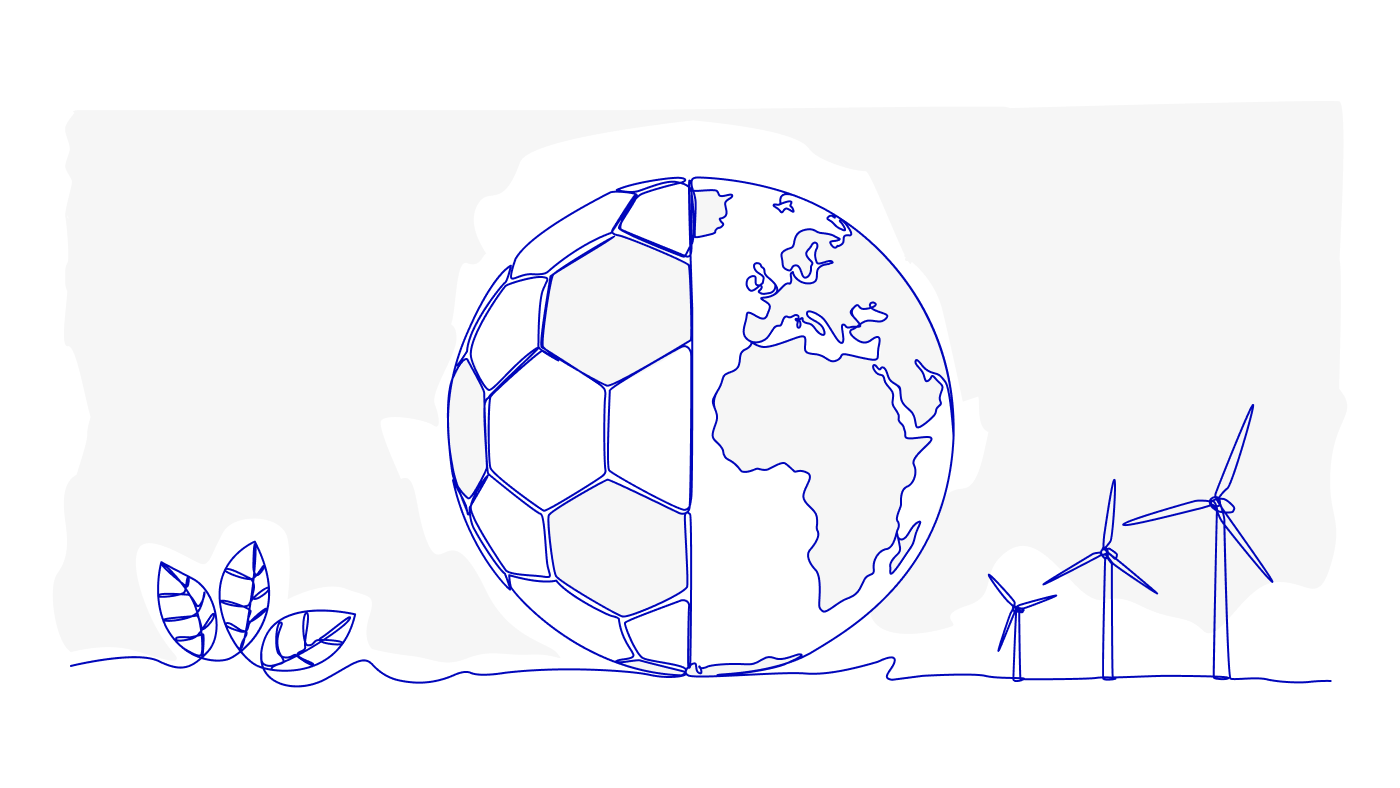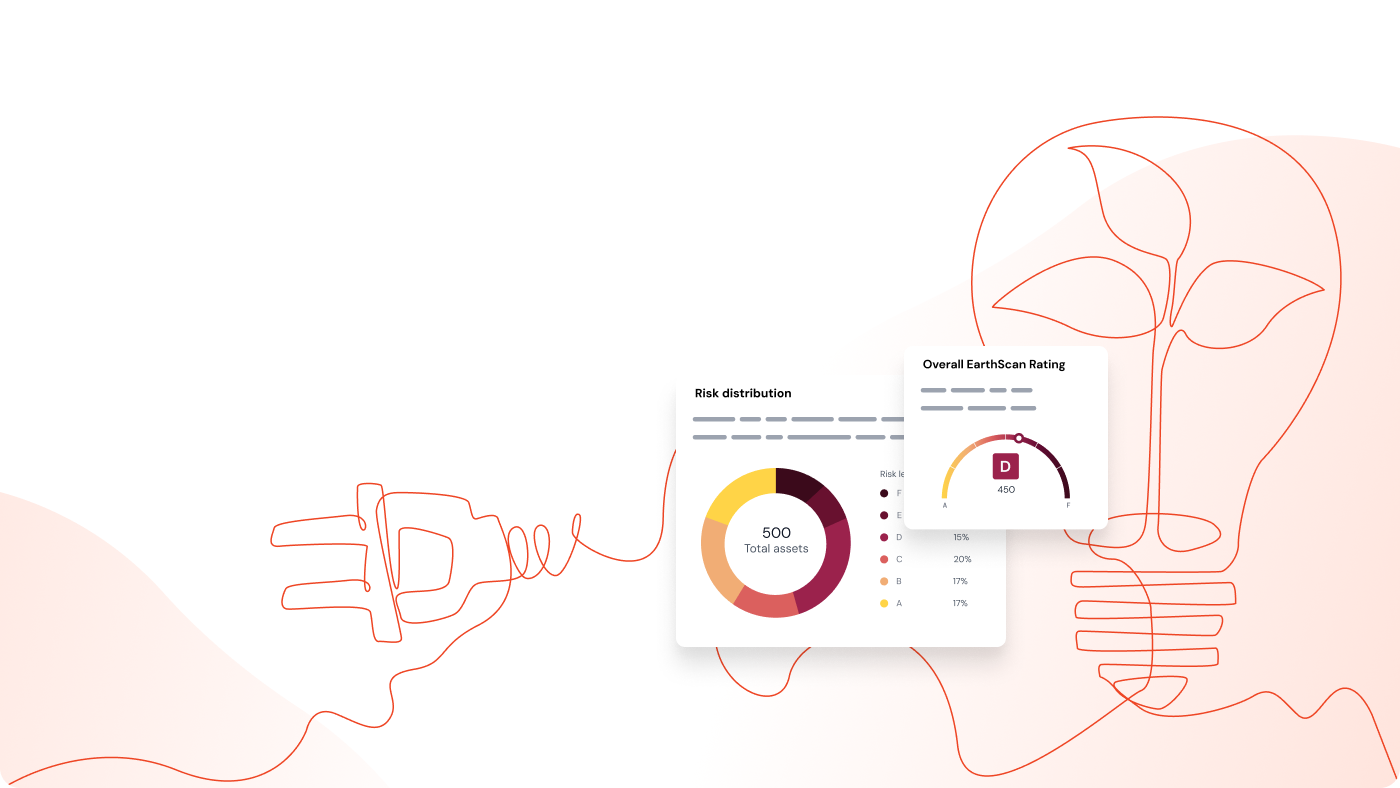In recent weeks, hundreds of wildfires have been ignited in Canada, burning out of control from west to east. Particularly troubling is the significant increase in wildfires in the province of British Columbia and Quebec, which are indicative of global trends.
The severity and frequency of the wildfires raging across Canada underscore the urgent need for effective wildfire management strategies. At Mitiga Solutions, our team of experts is closely monitoring the situation, and working towards innovative solutions to mitigate the impact of wildfires in Canada, as well as in the US. Tomàs Artés, Catastrophe Modeler at Mitiga Solutions, sheds light on the evolving trends and challenges associated with wildfires in the region.


Increasing Trends and Climate Change Implications: Wildfires Reaching Farther North
According to Artés, "The number and size of wildfires are increasing, particularly in areas within and close to Canada and the Arctic region. Longer periods of high temperatures influenced by climate change can lead to drought, helping create conditions conducive to wildfire." Changes in the region’s vegetation, atmosphere and circulation patterns contribute to the uncertainty about the risk and its cascading effects, e.g., prolonged drought illustrating that climate change is an ongoing and growing threat. (See Figure 2.)


Source: https://doi.org/10.1038/s41597-019-0312-2
In recent years, we have seen a trend of larger fires in more northerly areas, as a result of worsening conditions in higher latitudes. In 2019, wildfires larger than 5,000 hectares exhibited an average latitude shift from 53.5° to 57°, penetrating farther into northern areas. Wildfires larger than 100 hectares displayed a similar trend, moving from 54° to almost 56° latitude (see Figure 3). These shifts indicate the growing vulnerability of these northern climates to wildfire and highlight the need for comprehensive and proactive measures.

Overwhelming Fire Seasons and Impacts on Neighbouring Countries
Historically, several fire seasons across the globe have produced a higher-than-average number of simultaneous fires, overwhelming a country's firefighting capabilities. Extensive, dry vegetation serves as fuel for wildfires, resulting in emissions that cross country boundaries, continents, and oceans. For example, smoke propagated from wildfires in Australia reached Chile and Argentina in 2019, Portugal's fire pollutants reached the UK in 2017, and in 2020, Venezuela's wildfires affected air quality in Colombia.
Simultaneous Out-of-Control Wildfires in Quebec and British Columbia
Quebec experienced a severe wildfire season in 2013, and British Columbia faced unprecedented fire activity in 2017 and 2018, but this month, both provinces are simultaneously grappling with severe fire seasons; and summer has not yet started.
On 8 June, Quebec was battling about 160 blazes, with 114 out of control, and British Columbia 84, with dozens out of control, while Canada tried to contain more than 400 blazes across the country, leading to tens of thousands in the vicinity of these fires to evacuate. For example, in Nova Scotia, 20,000 people had to flee their homes, the fires destroyed over 24,000 hectares and 200 homes in the province, more homes than were destroyed by the 1917 Halifax explosion, according to the Mayor of Halifax, Mike Savage. No deaths have been reported as yet. Firefighters from France and the US are joining forces to fight the country’s wildfires. Canada is in talks with other countries to do the same.
Hazardous Air Hovers Over US Northeast, Impacts People and Industry
Canada’s wildfires are affecting millions in the US Northeast. The impact of the current large-scale fires in Canada is so far-reaching because of jet stream winds that readings over 400 out of 500 were registered by the Air Quality Index (AQI) from the US Environmental Protection Agency on 6 June in boroughs of New York City, for example - which is about 700 km from the Quebec border.
Because of air quality deemed “hazardous” by the index, flights were cancelled at New York airports, schools were shut, and residents were advised to stay indoors. New York State generates about 8% of the US GDP, according to the US Bureau of Economic Analysis. As New York’s air improved, air quality deteriorated in neighbouring states. As another example, Lancaster, Pennsylvania, is about 1,000 km from the Quebec border and registered a 457 on the AQI on 7 June. Figure 4 shows the dispersal of carbon monoxide pollutants captured by Sentinel 5P, affecting populations in the US Northeast.

Source: https://gwis.jrc.ec.europa.eu/apps/gwis_current_situation/index.html
Mitiga Solutions' Expertise in Wildfire Management
The current wildfire situation in Canada (Figure 5) highlights the urgent need for proactive measures in mitigating the impact of wildfires. Mitiga Solutions remains committed to developing innovative solutions to address the evolving challenges of climate change-induced wildfires. We offer extensive expertise in natural disasters, data analysis, monitoring, high-performance computing, and modelling.

Source: Earth Explorer Sentinel 5P CO 07-06-2023
Our Wildfire System combines physics-based models, machine learning and data analysis to enable you to implement short-term measures for fire prevention and landscape resilience assessment. By contributing to mitigation measures and transforming societal approaches to wildfires, we strive to help protect communities, foster resilience, reduce the devastating effects of these events, and contribute to a sustainable future.





